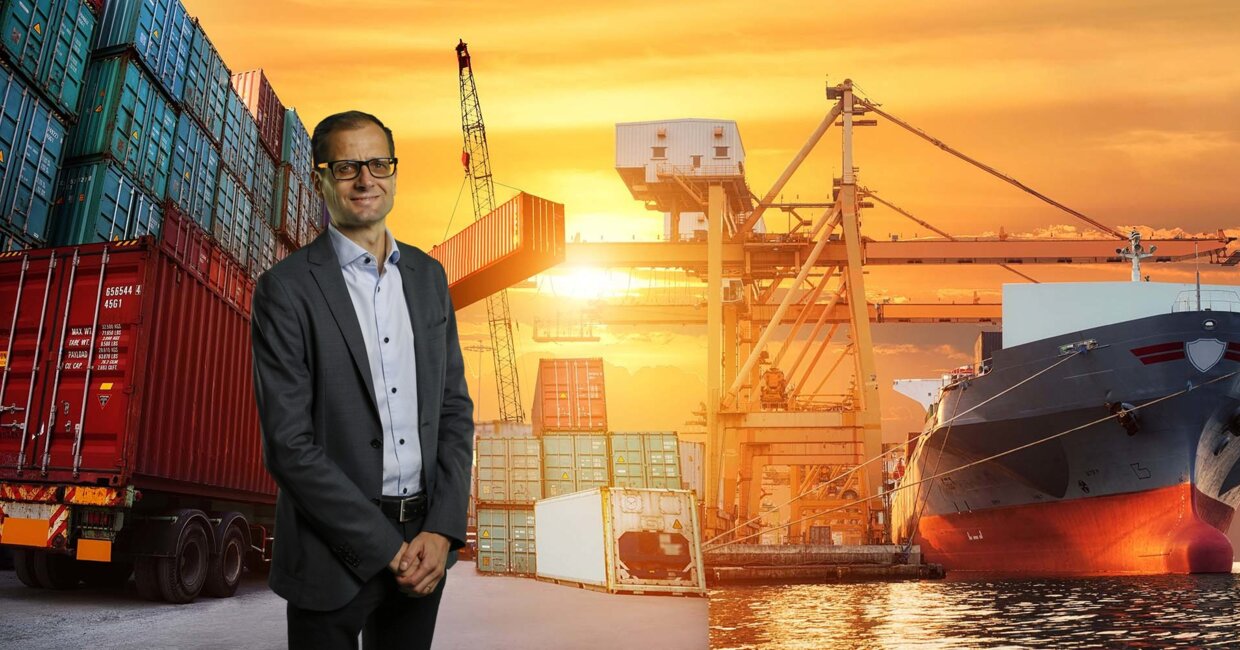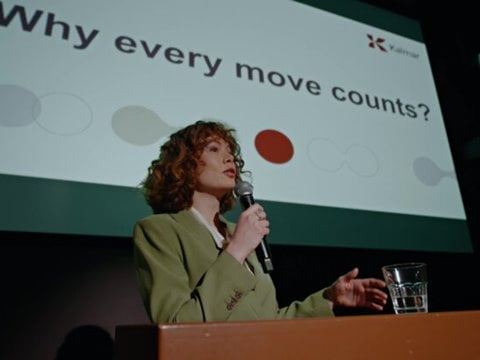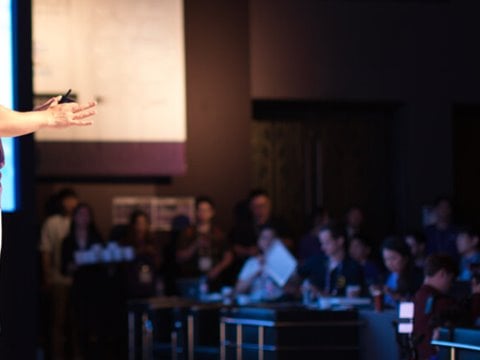
The autonomous world is coming: Are we leaders or followers?
Our world is moving rapidly towards an autonomous, automated and transparent future of global logistics. This is a world in which cars, road trucks and container vessels operate autonomously and smoothly together, containers and other types of cargo are handled in a highly efficient manner, and fully automated terminals adopt modern tools and technologies that attract skilled employees.
Terminal automation and self-driving cars have received a lot of attention in the past few years, but the automation of container handling equipment and road vehicles is only one step towards the logistics chain of the future. In this vision, a transparent information flow extends throughout the cargo handling and global supply chain all the way from producer to consumer. Openness and transparency pave the way for new competitors and partners, many of which will own or operate no physical assets. This enables highly optimised cargo handling operations in which logistics companies sell business performance and sustainability instead of mere transportation of goods.
Most intelligent solutions are the winners
In the above-mentioned world, our customers are more satisfied than ever, as we not only provide reliable cargo handling but also deliver positive outcomes and experiences through end-to-end openness. The winners are defined by the most intelligent solutions, and the competitive advantage associated with physical assets, such as crane hardware, becomes less significant.
Automated container terminals have been operational for a long time, so for the past few decades we have actually been in the position of early adopters for automation and autonomous vehicles. The pioneering role has not always been easy, and development has progressed step by step in the controlled environment of the container terminal. By contrast, autonomous cars and vessels are now right in the middle of disruptive experimentation and a rapid ramp-up to commercially viable mass-market solutions in uncontrolled environments. In terms of maturity, autonomous cars are still behind what we are able to accomplish in container terminals, but they are catching up.
Because of the huge mass-market opportunity for technologies related to IoT and autonomous cars – a market that is several orders of magnitude larger than the container shipping industry – we are seeing massive investments from both major technology companies and innovative startups, which will speed up development to a pace that we can scarcely imagine. Most significantly for our own industry, we will see new solutions, lower prices and faster progress for technology that can also be applied to our specialised field. When mass-market demand fuels the rapid development of autonomous cars, we in the container shipping industry will be able to reap the benefits and develop our own offering further, without having to invent every solution from scratch.
We will see new solutions, lower prices and faster progress for technology that can also be applied to our specialised field.
New operating concepts on the horizon
All of this is very exciting, but it pales in significance compared to the benefits that we can expect from the autonomous and transparent supply chain. When we start to enable fully digital, transparent end-to-end transactions, we will be able to connect factories, assembly lines, cargo brokers, forwarders, trucks, cargo vessels, trains and warehouses into one continuous digital supply chain. It may be an autonomous vehicle that finally delivers your new sneakers to your home, but the real magic will be in everything that has happened to that point to make it possible.
When the end-to-end digital logistics chain becomes a reality – and it is not a faraway reality – we will see companies with completely new operating concepts optimising the cargo flow and making a profit at it. We will see new brokering models in digital marketplaces, and blockchain-based smart contracts transforming the way we think of cargo handling. We will see openness and emergent standardisation redefine the maritime industry with new intelligent solutions.
Is this hype? I believe that this is our reality tomorrow. It is a reality that goes far beyond the question of whether we have a driver in the cabin of that straddle carrier or not. So the question is, can we think big enough? Are we really up to meeting this challenge, or are we content to continue doing what we have been doing so far, trusting that it will carry us into the future? When we find ourselves in the new autonomous world, do we want to be among the first to follow the development – or the ones to lead it?
Jari Hämäläinen
Director, Terminal Automation
Kalmar
Related articles
Subscribe and receive updates in your email
Subscribe













